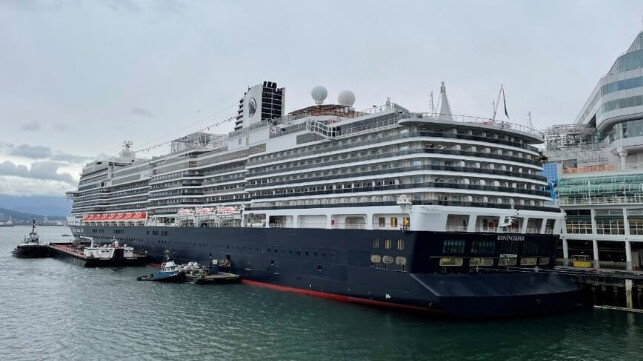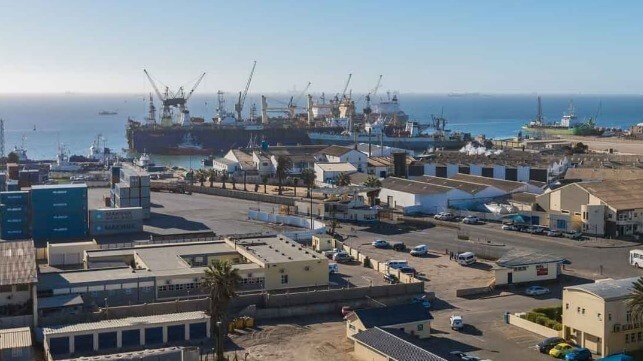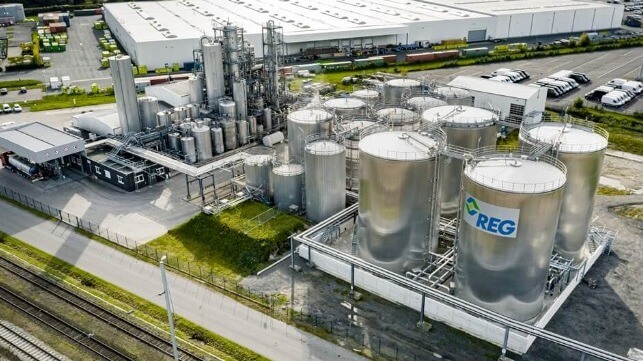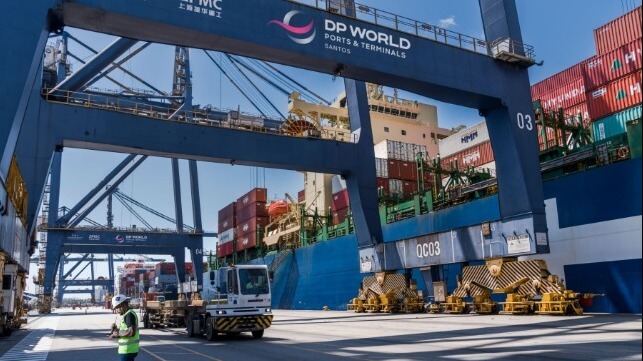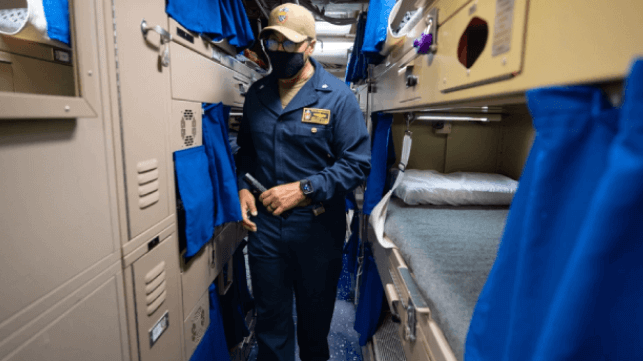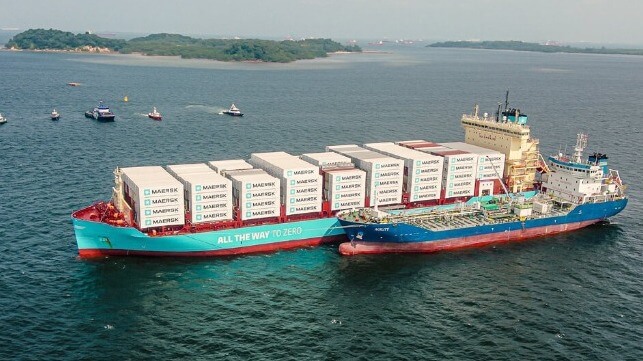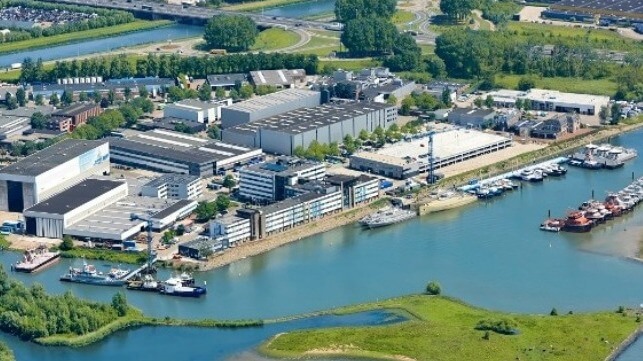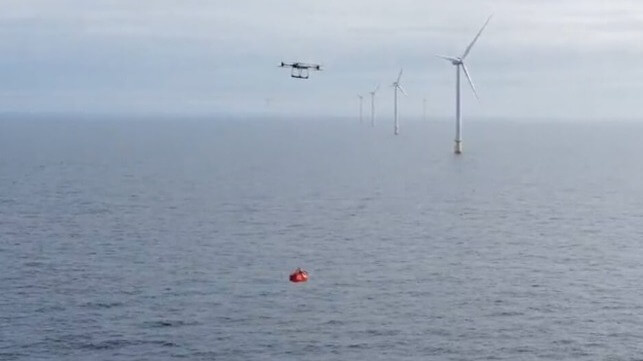Australian Court Finds Carnival Liable in First Class Action COVID-19 Suit
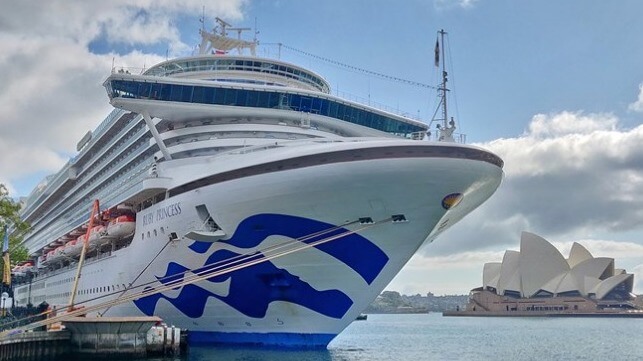
A court in Australia in a potential landmark case for the cruise industry has ruled that Carnival Australia and Princess Cruises were “negligent in their duty” to passengers on a now infamous March 2020 cruise aboard the Ruby Princess that became the single largest outbreak of COVID-19 in Australia. Lawyers for the plaintiffs are reporting that this is also the first ever successful class action suit against the cruise industry and they are predicting the decision could expose Carnival Australia to a large number of claims.
The case stems from a March 2020 13-day cruise sailing from Australia aboard the Ruby Princess (113,561 gross ton cruise ship with accommodations for 3,080 passengers and 1,200 crew). The cruise departed just as the COVID-19 pandemic was overtaking the world and within days the cruise industry would be suspending operations worldwide.
The cruise ship curtailed its trip returning to Australia. More than 660 of the 2,671 passengers aboard would test positive for the virus and it was traced by the authorities to be the source of spreading the virus in Australia. They reported that 28 passengers died from COVID-19 and a subsequent investigation found that the cruise line made “inexcusable mistakes,” in handling the passengers and ultimately disembarking them to create an event that spread the virus within the community.
Using Australia’s Consumer Law, lawyers formed a class action with the lead plaintiff being a woman who contracted the disease and her husband who became seriously ill. He was in a four-week medically induced comma and long-term recovery. The wife as the lead plaintiff sued for A$350,000 (US$226,000) citing damages for distress and disappointment.
Justice Angus Stewart in a ruling released yesterday said that Carnival Australia as the charterer of the cruise ship from its owners Princess Cruises, a brand owned by Carnival Corporation & PLC, was negligent in certain elements including permitting the cruise to proceed. The ruling says that the company should have had a reasonable expectation of the dangers and it was reasonable and advisable at that time to have canceled the cruise.
Further, the ruling finds that Carnival Australia made misleading representations in its communications before the cruise suggesting to customers booked for the trip that it was “reasonably safe” to take the cruise. The judge believes the company at that point in time should have been aware that screening procedures were unlikely to identify everyone that was infected with the virus. The ruling highlights Princess Cruises’ earlier experiences with the Diamond Princess, which was quarantined in Japan due to the virus, and the Grand Princess, which also received special treatment in the U.S. after passengers tested positive.
The judge however denied the bulk of the lead plaintiff’s claim. The ruling cited a refund issued by the cruise company which the judge ruled more than covered any damages for personal injury and distress. Plaintiff Susan Karpik, a retired nurse, was awarded A$4,400 (US$2,800) plus interest for out-of-pocket medical expenses. Her husband Henry Karpik has a separate claim which is in the yet-to-be-decided portion of the class.
Lawyers for the class action said that each passenger will need to prove their individual damages while predicting that a few such as Mr. Karpik would have much larger claims and would meet the judge’s threshold for personal injury awards exceeding the refund from the cruise line. The lawyers are urging Carnival Australia to settle with the class as opposed to proceeding with each claim individually.
Later this year or in early 2024, the court is expected to rule about the scope of the class. Australia’s High Court has said as many as 700 passengers from the Ruby Princess could be potentially included in the class. Carnival Australia has sought to exclude American passengers citing a class-action waiver in their cruise contract.
Carnival Australia released a statement saying that the pandemic was a difficult time for Australia. The company said it had seen the ruling and was reviewing it in detail.
While the ruling is unique to Australian law, the cruise industry faces many claims from passengers in multiple jurisdictions related to the onset of COVID-19 and outbreaks of the virus aboard cruise ships. Carnival Corporation had several high-profile cases, including not only those aboard the Princess Cruises ships but also a Holland America Line cruise that was forced to sail from South America and transit the Panama Canal to find a port to disembark passengers. Florida eventually agreed to reopen its ports for two Holland America ships in a controlled disembarkation after the industry and ports suspended operations.
